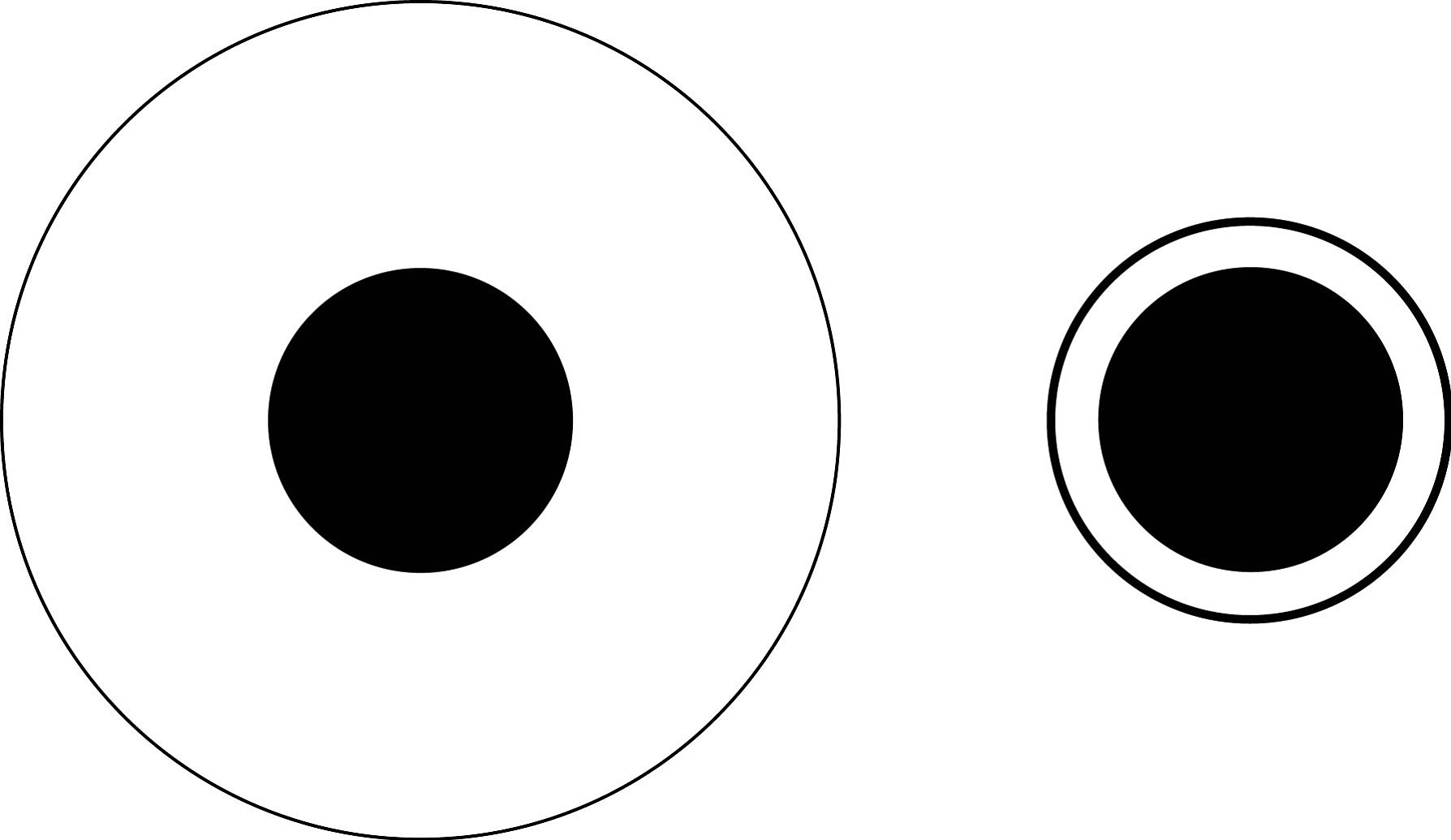Science has a simple and incredible trick that will help you lose weight. The idea, it seems, is to make portions appear bigger because this leads people to serve and eat less.
Although many such fat-fighting claims are fake, this idea is that a fiction can have a real effect. We know that bigger portions lead us to eat more, but portions that appear bigger have the reverse effect.
Visual illusions have long fascinated humans but mostly they are viewed as problems to be explained.
Consumer scientists such as Brian Wansink and Koert van Ittersum have been exploring how optical illusions can be used to help reduce consumption and tackle the growing prevalence of obesity.
Using smaller plates is a fairly obvious solution to limit portion sizes. But there’s more to it than simply providing less space. Research shows that a portion served on a small plate will look bigger than it is, so people tend to under-serve on small plates and consume less.
The use of bigger plates leads to the reverse effect — the portion looks smaller than it is.
The illusory effect of plate size on portion size is explained by the Delboeuf illusion and the related Ebbinghaus illusion. The Delboeuf and Ebbinghaus illusions are thought to critically depend on the contrast in size between the target (the circle in the center) and the surrounding context.
A portion of food appears smaller when served on a bigger plate, encouraging us to over-serve. But the size contrast is complicated by the issue of color contrast.
The tendency to over-serve on big plates is amplified when there’s not much of a contrast in the color of the food and the plate, such as pasta with a creamy sauce served on a white plate.
Over-serving on bigger plates is also more likely if there’s a high contrast between the plate and the tablecloth color.
So, if you are using large plates, choose plates of a color different from the food and similar to the tablecloth.
You also can use these illusions with beverages. If you want to reduce your intake of sweetened drinks or alcohol, for instance, use tall, thin glasses in place of short, wide ones.
People drink less from a tall, thin glass than a short, wide glass with the same volume. This effect is displayed by adults and is even stronger among children.
Indeed, this illusion is so persuasive that many people are surprised to find the volume of large sizes is often little different from the next size down.
What all this shows is that to encourage yourself and others to serve less, and to eat less, you should:
• Use smaller plates.
• Use the same color plates and tablecloth, and maximize the color contrast with the food being served, if using big plates.
• Use tall, thin glasses, such as wine-tasting glasses.
To use the over-serve bias to encourage more consumption of healthy foods, use big green plates for vegetables and short, wide glasses for water.
Many claims about reducing consumption and losing weight hold little truth, but the illusions described here might actually help.



